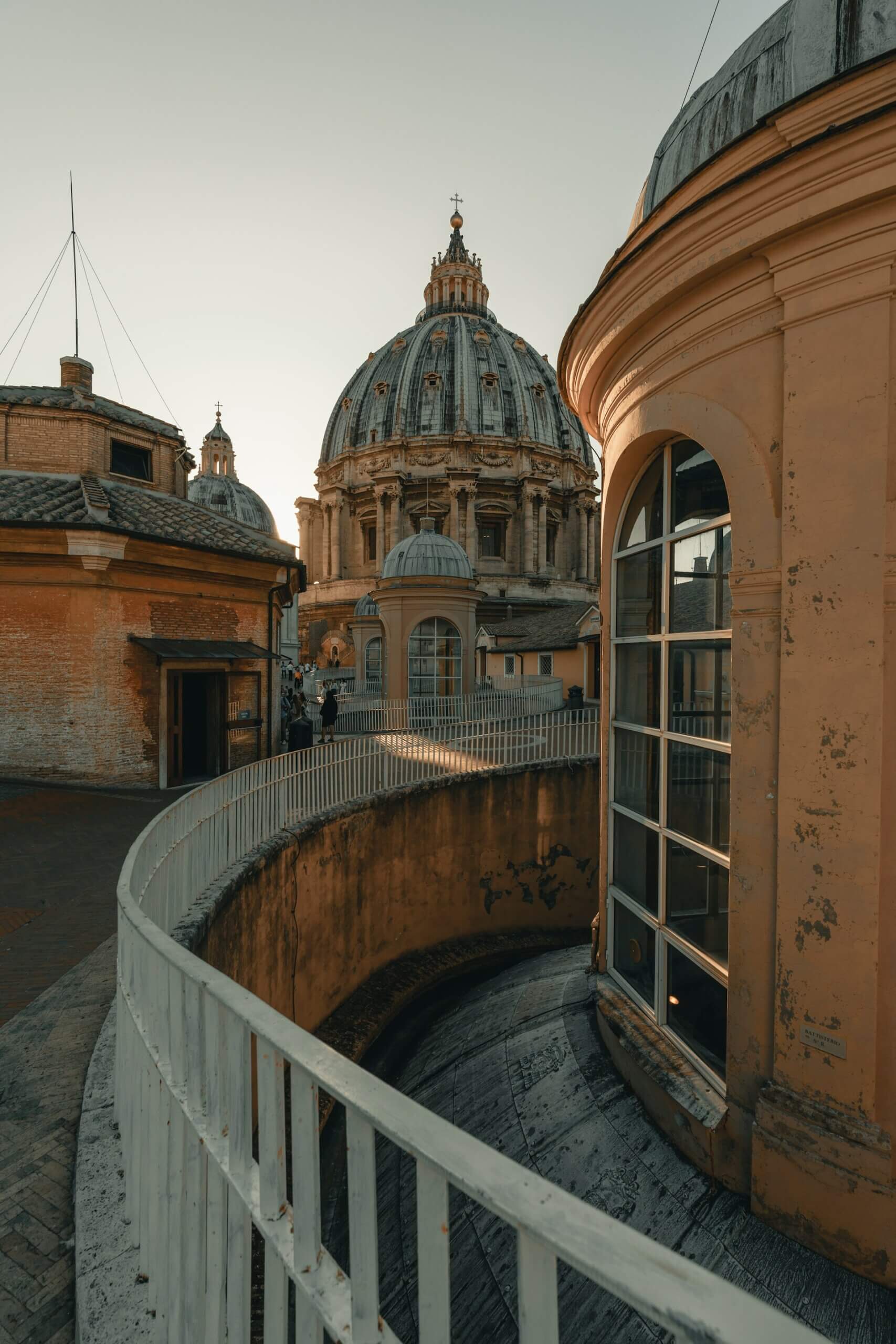In photography, leading lines are lines that lead the viewer’s eye into the scene. They can be actual lines, like paths or fence rows, or they can be implied lines, like the edge of a horizon. Leading lines are often used to create a sense of depth and perspective, and can be a powerful compositional tool.
When using leading lines, it’s important to consider where you want the viewer’s eye to go. The lines should lead towards the most important part of the image, whether that’s the subject or a point of interest. Leading lines can also be used to create a sense of movement or tension in an image; for example, by leading from the bottom corner towards the top of the frame.
Leading lines are just one tool that photographers can use to create strong compositions. By understanding how to use them effectively, you can add another level of interest and impact to your images.

Tips for Incorporating Leading Lines in to your Photography
Now that you understand what leading lines are, here are some tips for using them to improve your photography.
Learn to identify leading lines in any scene
The first step is training your eye to identify leading lines in the scene. They exist in almost every scene! Sometimes they are obvious and sometimes they are more subtle. Here are a few common scenarios where leading lines are present.
Vanishing Points with Roads
One of the most common ways photographers capture of leading lines is with vanishing points. In photography, a vanishing point is the point on the horizon where parallel lines converge. When looking at a distant landscape, our eyes naturally follow these lines until they eventually disappear in the distance. This gives the illusion of depth and perspective. Vanishing points can also be used to create dramatic shots with a sense of scale and tension. By including a strong vanishing point, photographers can make their subjects appear small and insignificant in relation to their surroundings. In order to create an effective vanishing point, photographers must carefully consider the placement of their camera and the composition of their shot. By doing so, they can create images that are both visually stunning and emotionally impactful.

Leading Lines with Train Tracks
Much lines roads and highways, train tracks are also commonly used as leading lines in photography compositions. The train tracks can be straight or winding, as you can see in the example below. In the photo below, notice how the tracks wind through the mountains and lead right into the bottom left corner of the frame.

Architecture in Spiral Staircases
Spiral staircases are also a great leading lines element for photographers to utilize. Placing your subjects at the bottom center of the staircase lead the lines right into the subject, drawing the viewer’s attention and focus right onto them.

Leading Lines with Rails and Other Urban Elements
Urban photography has a seemingly infinite number of opportunities for leading lines. Look for rails, staircases, and other architectural elements. Even light and shadows can form lines to utilize.
Learn to create leading lines
Of course, as the photographer, you can also create your own leading lines by holding up elements next to the lens. For example, if you’re a wedding photographer, you can hold up the wedding veil up to the lens and have it swoop down into the bride, leading the viewer right into the subject.

The the example above is from a wedding, you can do this with any object. Get creative! Try using elements in nature like branches or even lights with long exposures.
Combine this composition with others
Of course, compositions become even more interesting when you combine multiple creative compositional elements in one photo. For example, in the following photo, the photographer captured leading lines, negative space, and symmetry in the same photo.

Combing multiple compositional elements can turn an average photo into a highly impactful one. You just have to learn to find the opportunities and put in the effort to capture them.
Conclusion
Leading lines are a powerful compositional tool that can be used to great effect in photography. Put simply, leading lines are visual elements that lead the eye into the frame and towards the main subject. They can take many different forms, from roads and railway tracks to fences and walls. When used correctly, leading lines can help to create a sense of depth and movement, drawing the viewer into the image. In addition, they can be used to frame a subject or emphasize a particular element of a scene. With so many possibilities, it’s no wonder that leading lines are such a popular composition tool among photographers. So next time you’re out shooting, keep an eye out for leading lines and see how they can transform your images.


